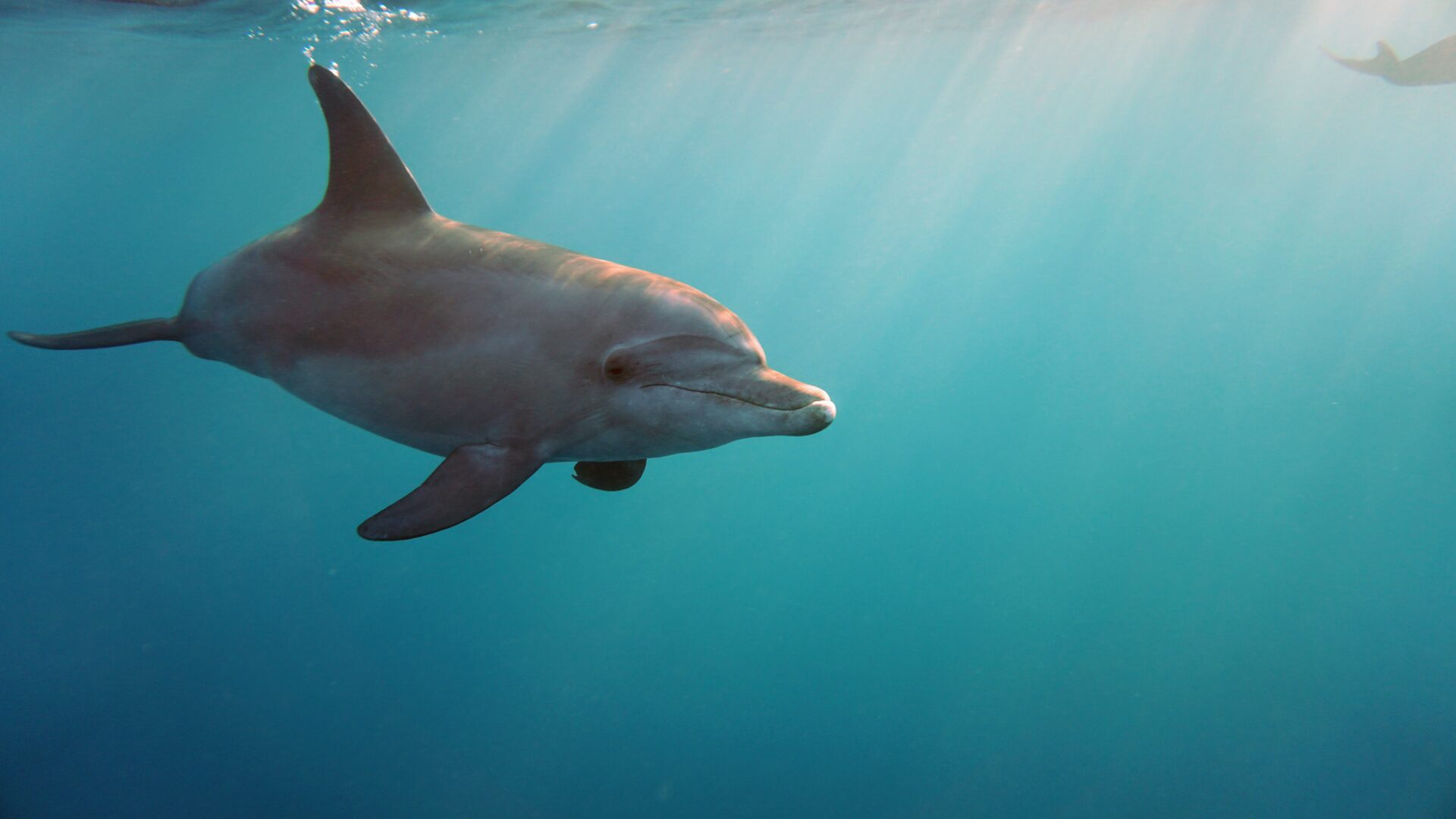By Rosalind Skillen
When I talk to people about Marine Protected Areas (MPAs) and the idea of designating parts of our ocean for conservation, I’m often met with the following question.
“Sounds like a great idea but how would this actually work?”
Our sea is very busy, with many marine users and industries all vying for a slice of it. With so much activity, it can be hard to imagine what would happen if we left the sea alone. Even harder to imagine what managing these areas would look like once sites are protected, especially since poor management is a recurrent reason for why MPAs fail.
Learning from other Marine Protected Areas (MPAs)
Fortunately, MPAs are not a new concept, and many countries are successfully on track to protect 30% their territorial waters by 2030 in line with international obligations. Despite having one of the highest sea to land ratios in Europe, Ireland is trailing behind our international partners when it comes to looking after our ocean. Taking a closer look at how other countries have operationalised MPAs can therefore edge us closer to answering the question (“how would this actually work?”), transforming MPAs from just “a great idea” to an effective marine conservation tool.
Canada just designated their largest MPA
Only a few weeks ago in June 2024, the Canadian Government, Council of the Haida Nation, Nuu-chah-nulth Tribal Council, Pacheedaht First Nation and Quatsino First Nation announced the designation of Tang.ɢwan — ḥačxwiqak — Tsig̱is as a Marine Protected Area (ThT MPA). At 133,017 square kilometres, the ThT MPA is now Canada’s largest MPA and it comprises 2.3% of Canada’s ocean territory.
The TḥT MPA is home to abundant and diverse marine wildlife and has a unique geology. There are at least 47 seamounts that shape the ocean floor like a mountain range. The deep bases of the steep slopes of the seamounts are covered with cold-water coral, sponge forests and schools of fish, providing foraging, spawning and stopping grounds for transient species, like seabirds, sharks and whales. Humans also benefit from seamount ecosystem services through the provision of food, cultural services as well as climate regulation.
MPA Designation and Management
The Offshore Pacific Advisory Committee (OPAC) was established in September 2017 and served as the primary stakeholder engagement body for the MPA planning and design process. This Committee involved multi-interest groups and representation from First Nations, the Province of BC, coastal communities, marine industries, academia and environmental NGOs.
In 2023, the Council of the Haida Nation, the Nuu-chah-nulth Tribal Council, Quatsino First Nation, Pacheedaht First Nation and Canada signed a Memorandum of Understanding (MOU) outlining how the parties will collaboratively manage the ThT MPA. The MOU outlines how the parties will work together to in the planning, operation, management and use of the TḥT MPA. This spirit of cooperation highlights the importance of working together to achieve shared goals.
Lamlash Bay – a labour of love
Closer to home, Lamlash Bay was designated as Scotland’s first No Take Zone (NTZ) in 2008. A much larger South Arran MPA was then designated in 2016. A NTZ is an example of “strict protection” as an area of sea and seabed from which marine life cannot be removed. No fish or shellfish can be taken from its waters or seabed, including the shore area. An area once intensively fished and trawled, the marine biodiversity has increased substantially in the site since protection, along with the size and density of commercial species, like the King Scallop and the European Lobster. Scallops and Cod have returned at dramatic levels, with some species increasing by 400% since 2008. Lobsters are now over 4 times more abundant.
Lamlash Bay is an example of how community-led action resulted in a government designation. The locals in Arran identified a problem (the decline of their marine environment) and campaigned for a solution: stronger marine protection. COAST began to organise meetings with local fishermen and community groups to raise awareness about the deterioration of Arran’s marine ecosystem. In 1998, the group brought forward a community proposal to create a small, fully protected area in Lamlash Bay. They went on to work with legal experts, civil servants and politicians to enshrine the legislative framework to executive their campaign.
Throughout the campaign, COAST documented species and habitats in Lamlash Bay and engaged with scientists to inform their advocacy. This created an evidence base for marine protection, and the public were involved through COAST’s outreach events and environmental education initiatives. The campaign attracted a lot of media attention, putting the local marine environment in Arran on the map.
Learning from others
There are a couple of lessons to glean from both examples of MPAs in Scotland and Canada. The first is the importance of working across sectors and across all levels of society. Stakeholder engagement is critical to the success of MPAs, and meaningful stakeholder engagement will retain diversity of thought, voice and experience, allowing for the cross-pollination of ideas as well as healthy disagreement. The second lesson is the role of science in effective MPA designation and design. Marine data provides valuable information about biodiversity at a site and can tell us more about how seabirds, for example, use the site for breeding and foraging.
Make no mistake – the road to designating and properly managing Irish waters is a long one. It took 13 years of campaigning from COAST to create Scotland’s first NTZ. However, if we want to get this process right, we must see science, communities and other industries coming together to influence policy. This is a national conversation, and we all have a role in answering that question, “Sounds like a great idea but how would this actually work?”


